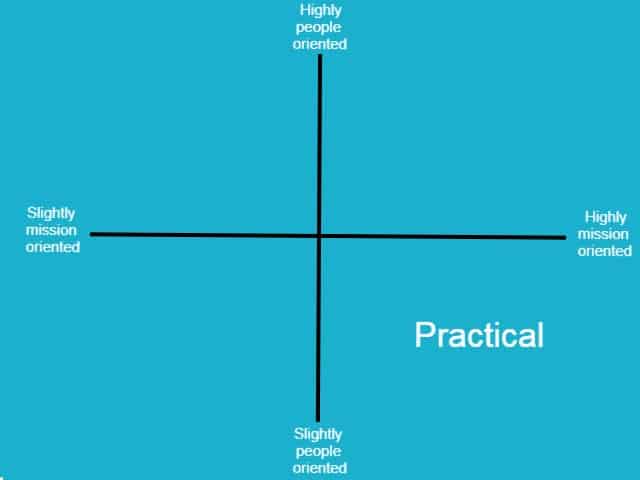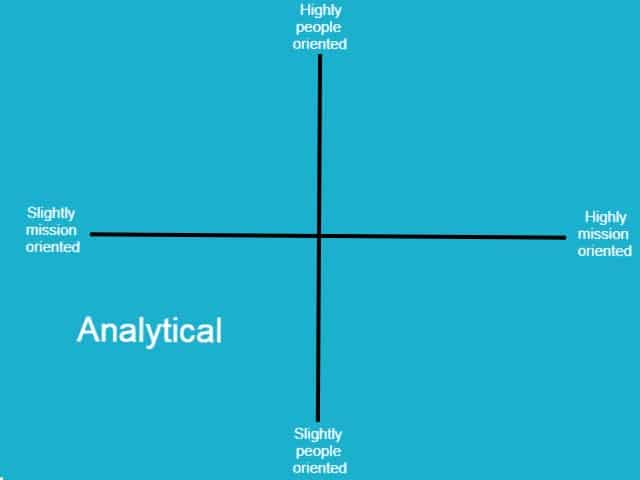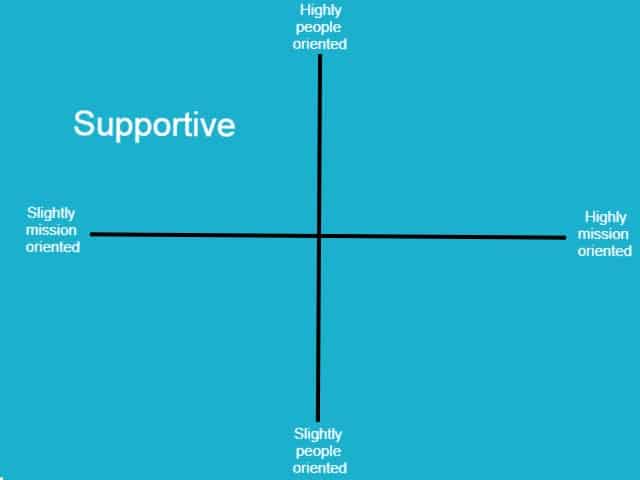How to take control of your sales conversation by adjusting active listening and knowing when to return to the script

You were sure that the customer would buy your product. It was the biggest shock when he told you that it is not the right time to take a decision. It happened because you haven't been taking control of sales conversation by comprehending customer's willingness to buy.
In this article of "taking control of sales conversation," we'll charm you with: why it is so critical to lead the entire sales process discussion, how to do active listening and how to return the permission to speak without irritating the customers.
Before we start, let's postpone a bit on numbers regarding the topic.
Conventional sales wisdom in numbers
There are twice the chances that potential customers would close the deal, if they ask concern questions. That, regarding your product like: how I know that I'll succeed, can we have a shorter obligation and so on. Read more here.
Try to ask for a closing between 3-5 to five attempts. This sales strategy is the key to closing most deals. Read more here.
Table of content
How to take the lead at the entire sales process

One of the most important actions you have to commit to take control of the conversation with customers is leading. You do that by active listening and pulling the customers to you. Here is an example of how you can do that:
Let's say you are a farmer who sells to a food chain company.
Farmer: Hello, have I reached MR Broke? Logistics manager: Yes Farmer: Hi, my name is Edward. Good afternoon. Logistics manager: Good afternoon Farmer: Mt Broke, I'm calling you from my innovative farm located in Texas. I'm growing special varieties of tomatoes and cucumbers that have longer shelf resistance. With this species you can save up to 10% on wasting. I'm sure that this is something you would want, right?
In this example we've demonstrated how you can take control over sales discussion. First, we made the client curious by indicting our competitive advantage early in the conversation. Hence, we pulled the prospect to us. Second, we have started a classic relationship building by blessing the customer in the beginning and waiting for his response. This will help us apprehend that the client will be cooperative next. In this part, we used active listening to observe that the consumer is willing and can speak with us.
In the following part, we'll dive deeper by charming you with active listening sales tools.
Get ready to supercharge your sales and marketing
Book a free video meeting to discuss an integrated sales and marketing online course. It will kick-start your sales and marketing process. Hence, you can get more leads, close more and leverage your profits.
Listening as the major key secret to sales success

The average sales rep is speaking, speaking and speaking. Only to find out that customers refuse to buy. It occurs because the average-performing rep isn't listening. Hence, the sales discussion is more a monologue than dialogue They don't try to reveal customers needs, don't build rapport by matching customers style of communication, rhythm and tone of speaking.
Next, we'll charm you with more explanations on each topic. That, by starting with revealing clients needs.
Add questions to your sales pitch
Think of a TV sales professional. A client entering her store. She thinks of buying a TV for her son. He has a small room. So, she would be interested in a 32-inch TV. However, the seller didn't ask her questions like for whom does she want to buy the TV? The seller wanted to sell the most expansive TVs. Thus, she tried to convince the client to buy a 70-inch TV. What do you think would happen?
A major key role in sales is asking questions. It is not just to understand what consumers are seeking. It is also to hear their pain points, how deep are their pain and their willingness to find a solution. Still, it is not enough just to ask questions. Prospects can feel that you integrate them and refuse to answer. What can you do?
In the next section, we'll charm you with a simple but powerful solution.
Use mirroring to get key insights from customers
Let's take an example of B2B customers. This time, you provide security business solutions.
Seller: What do you sell? Business owner: Jewelry. Seller: OK, where is your business located? Business owner: In the central of Manhattan. Seller: Nice, so what are the security solutions you use right now? Business owner: Before I answer, what are all of these questions about?
As you can realize here, the seller asked good questions. However, he asked a question following another question and so on. The business jewelry owner lost his patience after the third question. This is because he felt inconvenient. The seller had to add his own input after each answer that was given. He had to return in his own words after what the client was saying. Meaning, he had to use mirroring. Likewise:
The customer was saying: Jewelry. The seller could respond. This is a very interesting industry. I've many customers who sell necklaces, rings and so on. So where is the business located?
Now, when you add your own interpretation to what the client is saying, you start a sales conversation. This is one of the major techniques you will use to build relationships with customers and a dialogue.
Until now, you should know why and how to ask questions. Next, we'll charm you with advanced techniques for uplifting from average sales performance to an excellent.
Adjusting the customer's style of communication

This is one of the techniques you need a bit of sales training. Sales experts know how to talk to each client individually and categorize each one by decision-making. It is defined by how much the client is people and task oriented. When you speak with them in their own language, you motivate them to speed up their buying decisions and increase their levels of customer loyalty. There are 2 scales of customer's style of communication.
Prospects who are highly person-oriented would want to drink coffee with you to get a decision, literally. Meaning, you need to build rapport with them, have a dialogue and consult them on what to do.
Prospects who are highly task-oriented would look at the bottom line. They want to know if it is worthwhile for them to buy a product. They would want you to speak about processes, results, innovation and show professionalism.
We'll charm you with 4 types of customers' style of communication to scale business.
Practical

These are B2B customers and private clients who are highly task oriented and slightly people oriented. These prospects want to hear how your product would get them closer to reaching their goals, how long it would take, what guarantees do you have, what is the main process and mainly what is it for them to use your product.
Business leaders know that they can increase motivation to buy by indicating their competitive advantage, focusing on differentiations, solutions, actionable insights and giving them room to decide. They are very impulsive and like to be in control all the time.
Innovative

These are prospects who are highly task oriented and highly people oriented. They make their purchase decision through new, original or unique products. It can also be the latest word of technology. They like to take risks and are the first clients to try new brands.
In this case, your sales message should be focused on informality. Furthermore, they are more likely to buy if they like you, and they are curious. So you should try to get closer to them, use guided imagery and take risks.
Analytical

They are slightly task oriented and slightly people oriented. Their customer buying behavior would be through numbers, data, statistics and research.
Their customer demands are to give them time to decide, to give them as much information as possible, and compelling insights.
Supportive

They are slightly task oriented and highly people oriented. They decide through an emotional level. They want to feel that you can be trusted, you understand them and want their favor.
The actual solution for closing deals with them is by approximation, having consents and consulting.
In this part, we charmed you with comprehending who could be your customers and how would they decide. You could do that, only, by listening to the tone of voice and terms prospects tend to use more often. If you follow the instructions of each style of communication, you will establish more customer relationships and have a quick closure.
Next, we will end this part with matching the rhythm and tone of voice of your clients. This would improve customer conversation and cooperation.
Matching the rhythm and tone of voice to overcome customer obstacles
Before we start, observe this situation. There is a salesman who sells complex solutions of smart houses to the elderly people. He moves from door to door. On one occasion, he succeeded to enter a house. He started to explain how the solutions he offers can save lives. He speaks too fast that the older woman doesn't understand. She tells him that she wants her son to be involved here. The salesman goes empty-handed.
In the example above, if the salesman had spoken slower, he might have closed the older woman. One of the most important sales tools is to mimic both the tone and pace of prospects speech. Star performers know that and adjust their voices to customer whom they speak with. As prospects speak slowly, they slow their pace. When they speak rapidly, they enhance the pace. Also, when a customer speaks loudly, they match the tone of voice, and it goes vice versa. This can only be accomplished by evolving your listening skills.
Until now, we've charmed you with achieving listening skills. Next part we will expand on typical sales approaches to return the permission to speak without irritating the customers.
How to take control over sales conversations without canceling the prospects' speech

You are a light man, and you want to sell your services to theaters. You managed to succeed appointing a meeting the CEO of one of the local cultural centers. As the sales discussion goes on, you say that you have an extra mile with construction and installation of lighting for events. The CEO started asking typical B2B sales questions. However, the light man got confused and didn't answer what he was asked. Hence, the CEO started to lose his patience. Then, the CEO felt that he wasn't sure what the light man asked for him in return: does he want to start with a pilot or sell a package of X events?
What we described here are 2 mistakes that the light man has made. First, he didn't answer to the point. Second, he didn't have a clear goal for the sales discussion.
In the next section, we'll charm you with 3 techniques that many people with sales experience would use to take control over sales conversations.
Set a goal for each sales discussion
Think about what do you want to achieve in the sales process. Do you want to meet with the customers (it can be senior executives, business owners, etc), sign clients on a contract, receive a bank transfer or take a credit card number? In addition, do you want to start a pilot, a longer period of service or even one-time. Remember the light man, he had a difference of opinion, if he wants to sell a pilot or give a service for a number of events. This is one of the reasons that he was confused and lost the deal.
Replying to customers' questions and objections specifically and to the point
In the sales process, customers would want to ask questions and raise concerns. It is only a natural part both at any complex sales and simple sales. When they start asking questions, you should answer shortly, to the point, and return to the script. Actually, you relate to what the customers say but then move back to the sales script. In the example of the light man, he didn't answer on what he was asked. That's one of the reasons the CEO lost interest.
Addressing the products' benefits to the prospects needs and goals
Lastly, customers need to feel that you aim the sales meeting and call specifically to them. In this case, they would be more cooperative and let you speak. You have to match the needs of the customers with the solution in the presentation of the product. You do that by describing the benefits that will help clients overcome their pain points. For example: If you are a light man and one of the pain points is the electricity wasting. You may want to say that you have alternative solutions that would save electricity and money.
In this part, we've charmed you with 3 ways you can focus on the sales conversation target achieving. That, without irritating your prospects.
Summary of taking control of the sales conversation

In this article we charmed you with some common techniques and sales innovation. We elaborated on when it is more important to use active listening and when to lead customers back to the script.
The best-selling behaviors are to let customers speak at least 50% of the sales discussion. In between, find the time to explain about the solutions you have for them. You do that by asking questions, repeating in your own words after what the customers reply and examining who do you speak with. In this case, in each conversation you should think about what will motivate the clients to act.
When you return to the script, stick to your sales goals. Clients need to know what is the purpose of the sales call and meeting, and you should too. Don't forget to answer shortly and to the point to customers questions. Find the best product benefits to address their pain points.
We would greatly appreciate it if you dedicate one more minute to kindly answering the quick survey below. It would help to write better, more valuable content for you. Thank you!






